The Leather Dyes Market is currently characterized by a dynamic competitive landscape, driven by increasing demand for sustainable and high-performance dyes across various applications, including automotive, fashion, and upholstery. Key players such as BASF SE (Germany), Huntsman Corporation (US), and Clariant AG (Switzerland) are strategically positioned to leverage innovation and sustainability as core components of their operational focus. For instance, BASF SE (Germany) emphasizes its commitment to sustainability through the development of eco-friendly dye solutions, while Huntsman Corporation (US) is enhancing its product portfolio with advanced technologies that cater to the evolving needs of the leather industry. Collectively, these strategies not only enhance their market presence but also shape a competitive environment that increasingly prioritizes environmental responsibility and technological advancement.
In terms of business tactics, companies are increasingly localizing manufacturing to reduce lead times and optimize supply chains. This approach appears to be particularly effective in a moderately fragmented market, where the collective influence of key players is significant. The competitive structure is evolving, with larger firms acquiring smaller, innovative companies to bolster their capabilities and market reach. This trend indicates a shift towards consolidation, where established players seek to enhance their competitive edge through strategic acquisitions and partnerships.
In August 2025, Clariant AG (Switzerland) announced the launch of a new line of biodegradable leather dyes, which aligns with the growing consumer demand for sustainable products. This strategic move not only positions Clariant as a leader in eco-friendly solutions but also reflects a broader industry trend towards sustainability. The introduction of biodegradable options could potentially reshape consumer preferences and set new standards within the leather dye sector.
Similarly, in September 2025, Huntsman Corporation (US) unveiled a partnership with a leading fashion brand to develop a range of innovative leather dye formulations that enhance color vibrancy while minimizing environmental impact. This collaboration underscores the importance of strategic alliances in driving innovation and meeting the sustainability goals of major brands. Such partnerships are likely to foster a more integrated approach to product development, ultimately benefiting both parties involved.
Moreover, in July 2025, Lanxess AG (Germany) expanded its production capacity for synthetic leather dyes in response to rising global demand. This expansion not only demonstrates Lanxess's commitment to meeting market needs but also highlights the competitive pressure to enhance production capabilities. By increasing capacity, Lanxess positions itself to capture a larger market share and respond more effectively to customer demands.
As of October 2025, the Leather Dyes Market is witnessing significant trends such as digitalization, sustainability, and the integration of artificial intelligence in production processes. These trends are reshaping the competitive landscape, with companies increasingly focusing on strategic alliances to enhance their innovation capabilities. The shift from price-based competition to a focus on technological advancement and supply chain reliability is becoming evident. Moving forward, competitive differentiation will likely hinge on the ability to innovate and adapt to changing consumer preferences, with sustainability at the forefront of strategic initiatives.


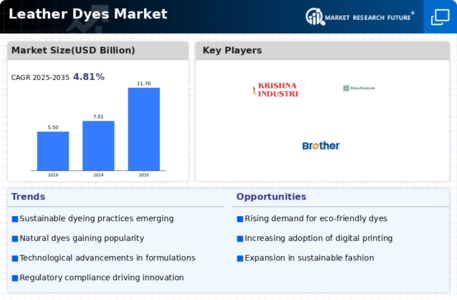

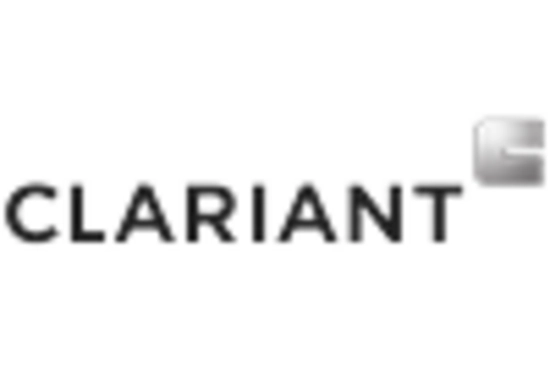
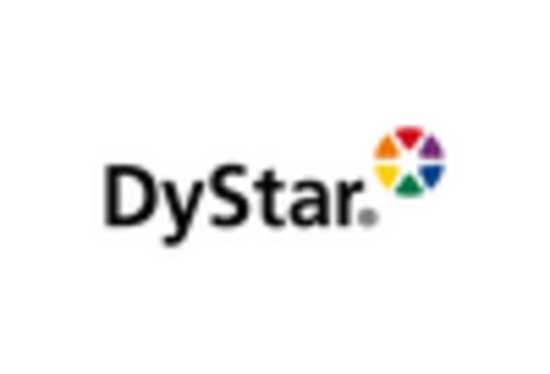
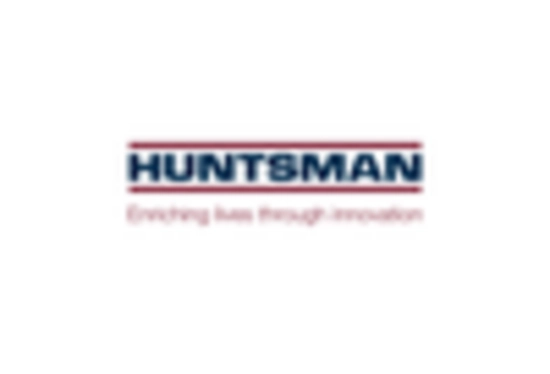
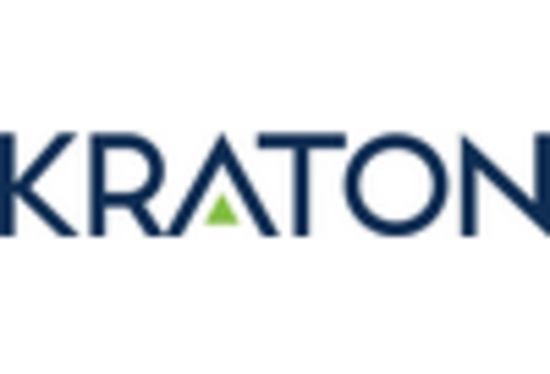
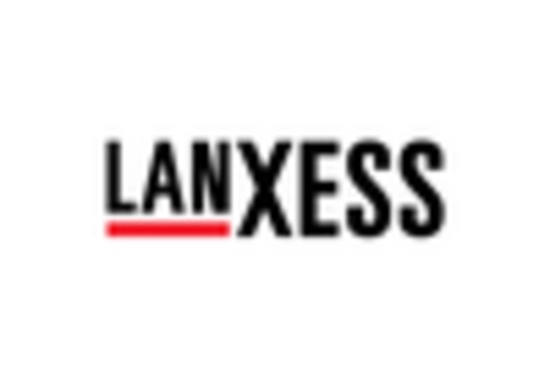








Leave a Comment